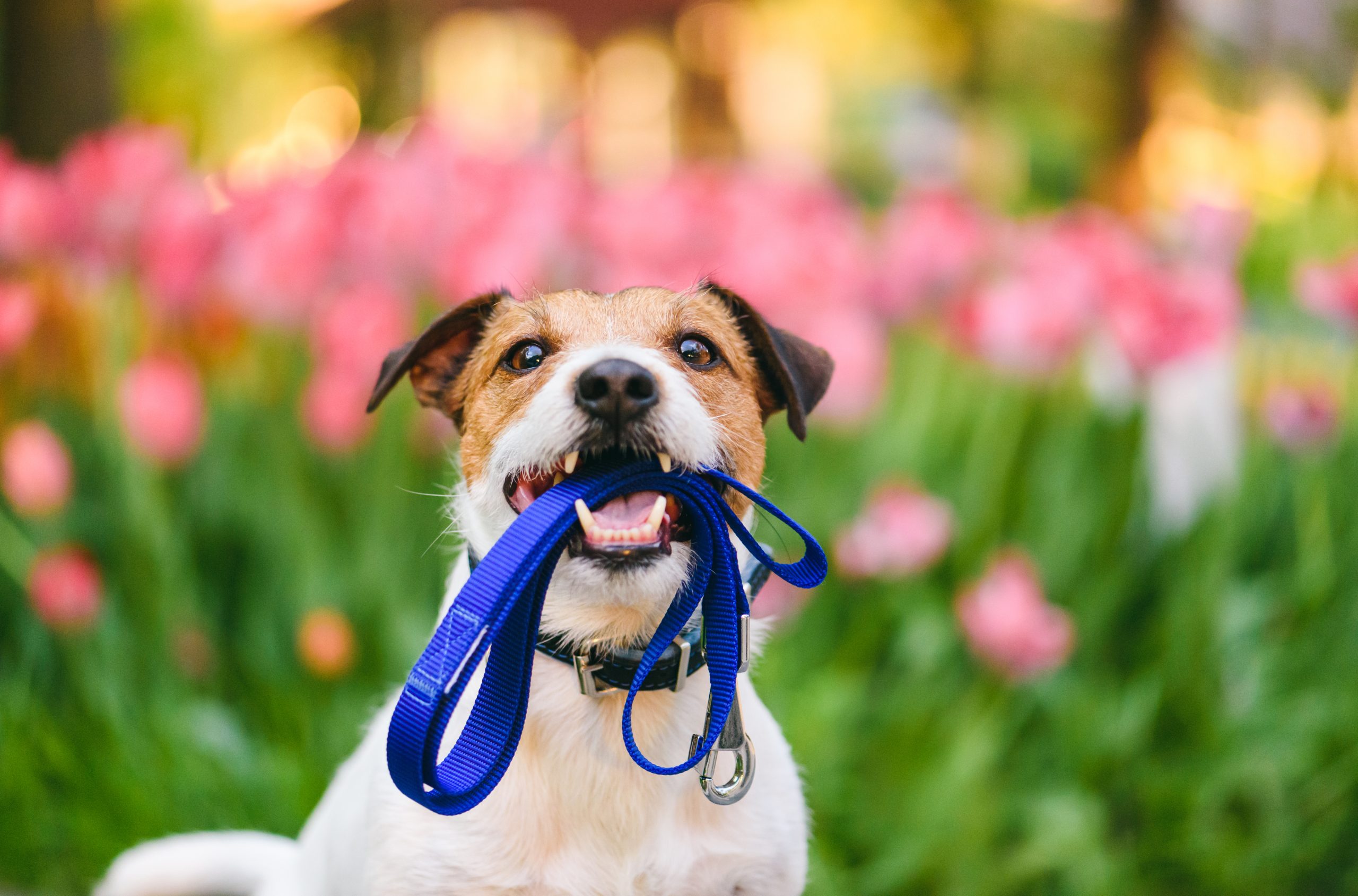How Training Enhances the Effectiveness of Pet Containment

When first installing a dog fence, some people believe that all they need to do is put the special pet containment collar on their dog and turn on the fence. While both of these steps are necessary, there is more to successfully containing your dog with an underground fence than this.
Expecting your dog to understand the concept of a pet containment fence without showing them first isn’t realistic and isn’t fair to them. Your dog needs a bit of your time and attention in order for them to grasp the concept first.
What to Expect
How much training is needed exactly? All dogs are different, but you should expect it to take a few weeks for your pup to understand where they can and cannot go. Plan on working with your dog 10 to 15 minutes at a time, around 3 times a day. End each session with playtime and praise to keep things fun and low stress.
Getting Started
In the beginning stages of training, you will be taking your dog out on a leash, introducing them to the borders of your fence. Boundary flags should be placed around the perimeter of your dog fence to provide a visual cue for your dog. You use these flags to show your dog where they cannot go past.
During this phase, your dog’s collar should be set in beep only mode for training. Your dog hears the beep, and as you pull them back, they begin to make the necessary mental connection. Giving them high value treats like pieces of hot dogs should help move along the process nicely.
Moving Forward
Once you have practiced this with your dog several times, it is time to add a low level of correction to your dog’s collar. You never want to encourage your pup to approach the boundary but allowing them to do so is acceptable. When they do, they will hear a beep, and this time they will receive a gentle static correction.
This doesn’t hurt your dog. It only gives them a bit of a static charge that surprises them a bit. Now you pull them back just like before so that they understand that they are to stay within the boundaries that you have set for them.
Working With Distractions
Thanks to your training, your dog is grasping the concept of the fence. However, just because they understand it, doesn’t mean they will always follow it. The big question is, what is your dog going to do when you are not around? When your dog sees something enticing on the other side of the fence, how will they react to it?
You can test this by creating distractions and seeing what your dog will do accordingly. Having a friend stand outside of the “safe zone” and tempting your dog to cross is one way to find out.
Adjusting Correction Strength
You may find that during the training process, your dog may not seem to be bothered at all by the static correction. Some breeds of dogs are more tolerant to it than others are. That is why there are different levels for you to try out. If the static correction doesn’t seem to be doing anything to deter your dog from crossing, try a higher level, incrementally.
Takeaway
Installing a dog fence and not training your dog is almost worthless. Your dog won’t understand why they are being corrected. To ensure that your dog and your investment are both protected, take the time and energy to train your dog.
 Pet Stop
Pet Stop Get a Free Quote
Connect with Your Local Pet Safety Experts at Pet Stop. Visit, call, or
chat with us – we’re here to help you create the ultimate safe haven for your pet.
Get a Free quote
Name *
Zip code where new fence is required *
Preferred contact method *
Phone Number to Call/Text *
Address *
Stay Connected, Stay in Control
Brief introduction to the OT-300, highlighting remote control, real-time notifications, and easy setup through the Pet Stop Link App.
Download the App